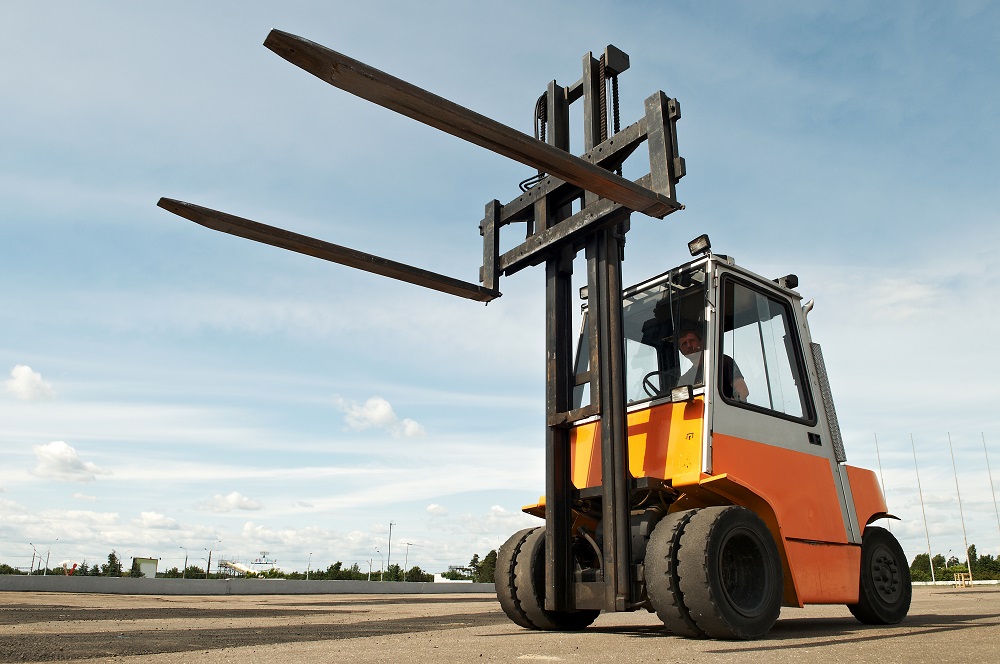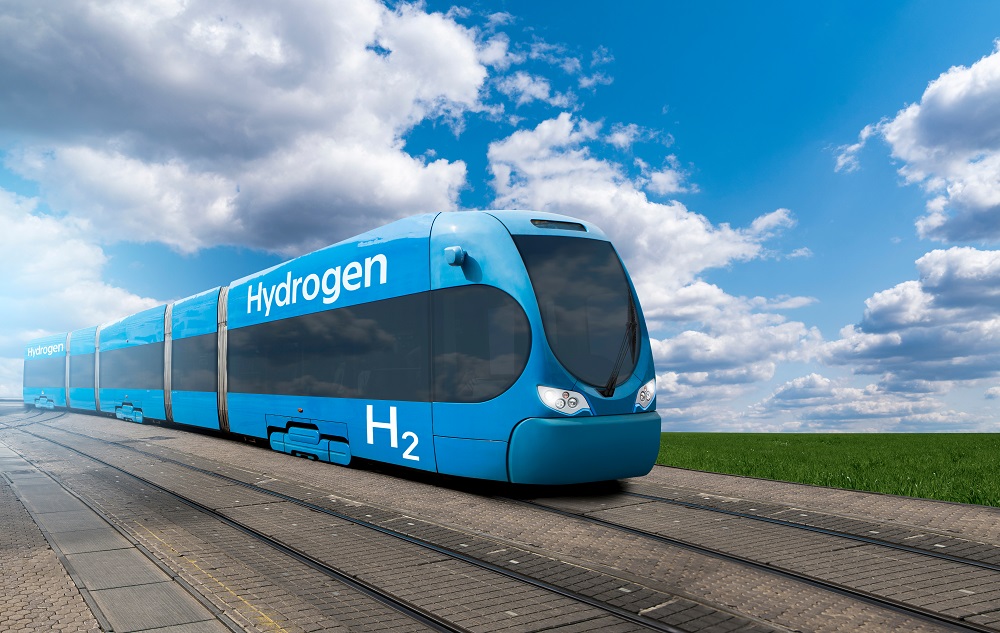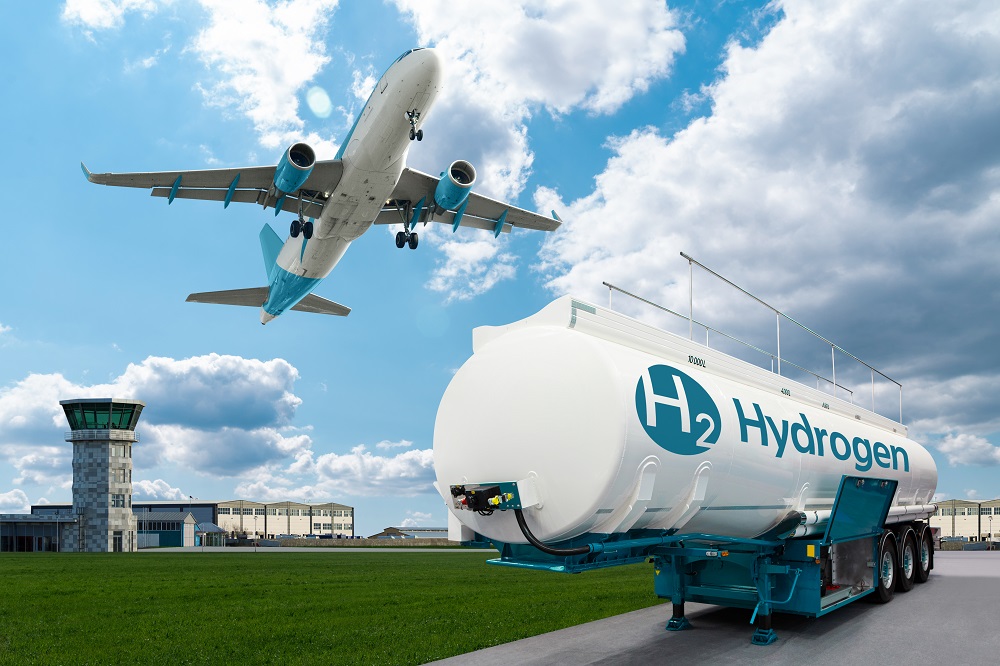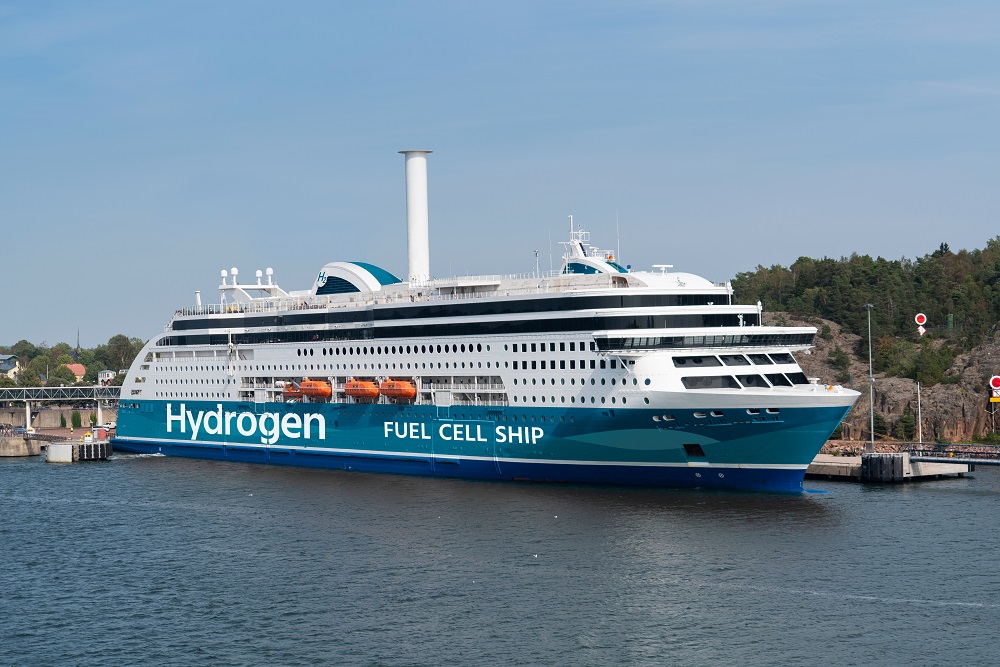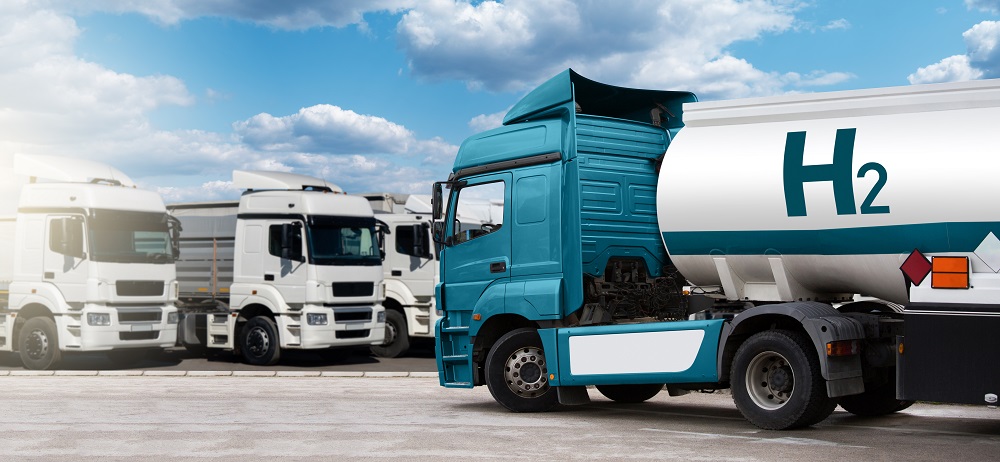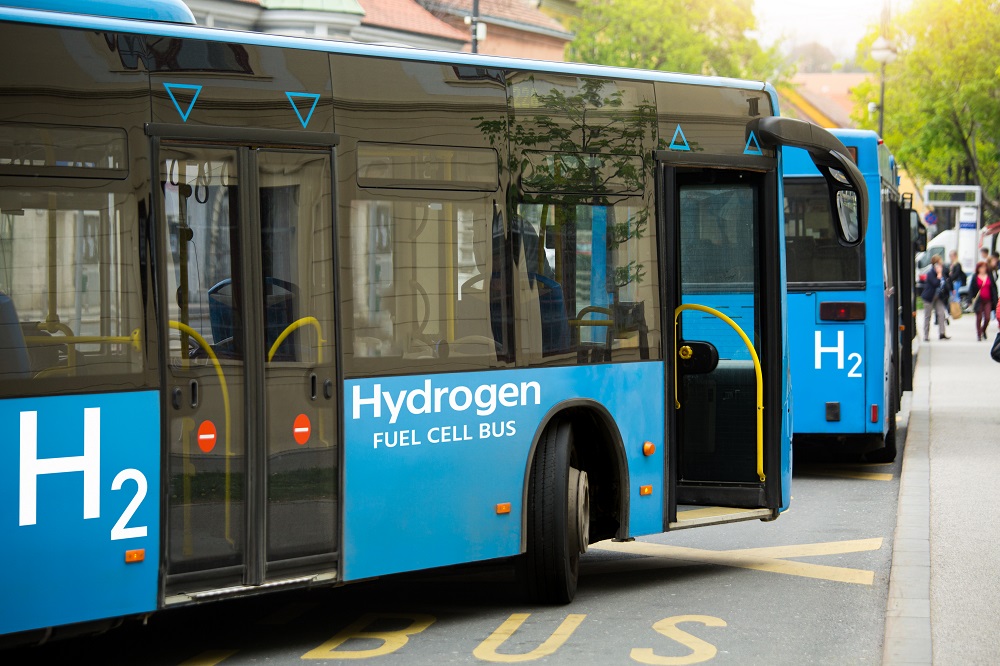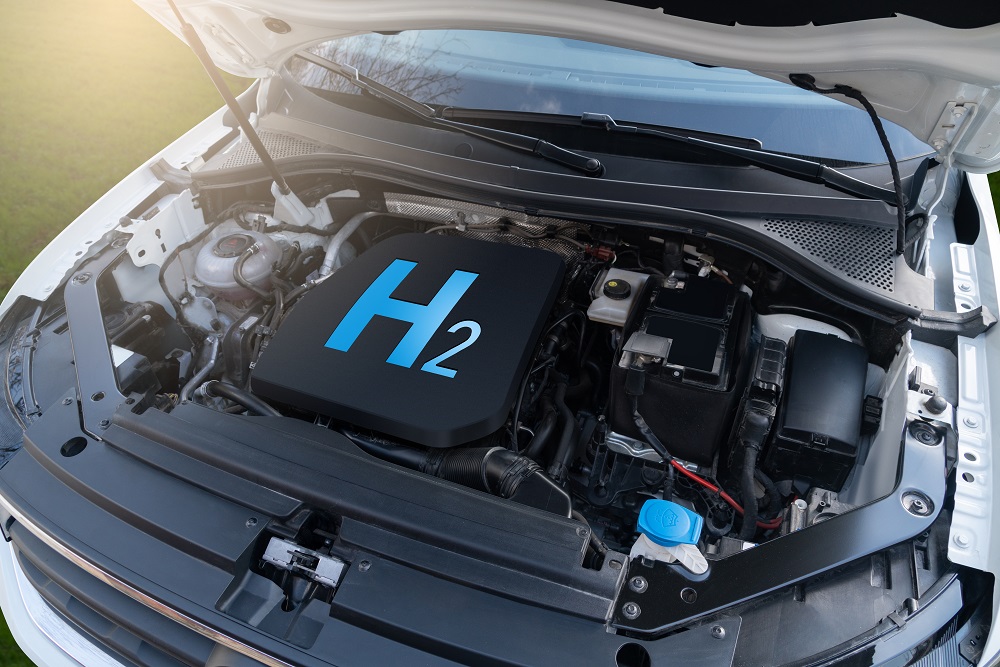How does a hydrogen station work?
Hydrogen fuel cell vehicles can be refuelled quickly and efficiently at a hydrogen refuelling station. This results in an effortless refuelling experience that is comparable to traditional refuelling methods such as petrol or diesel.
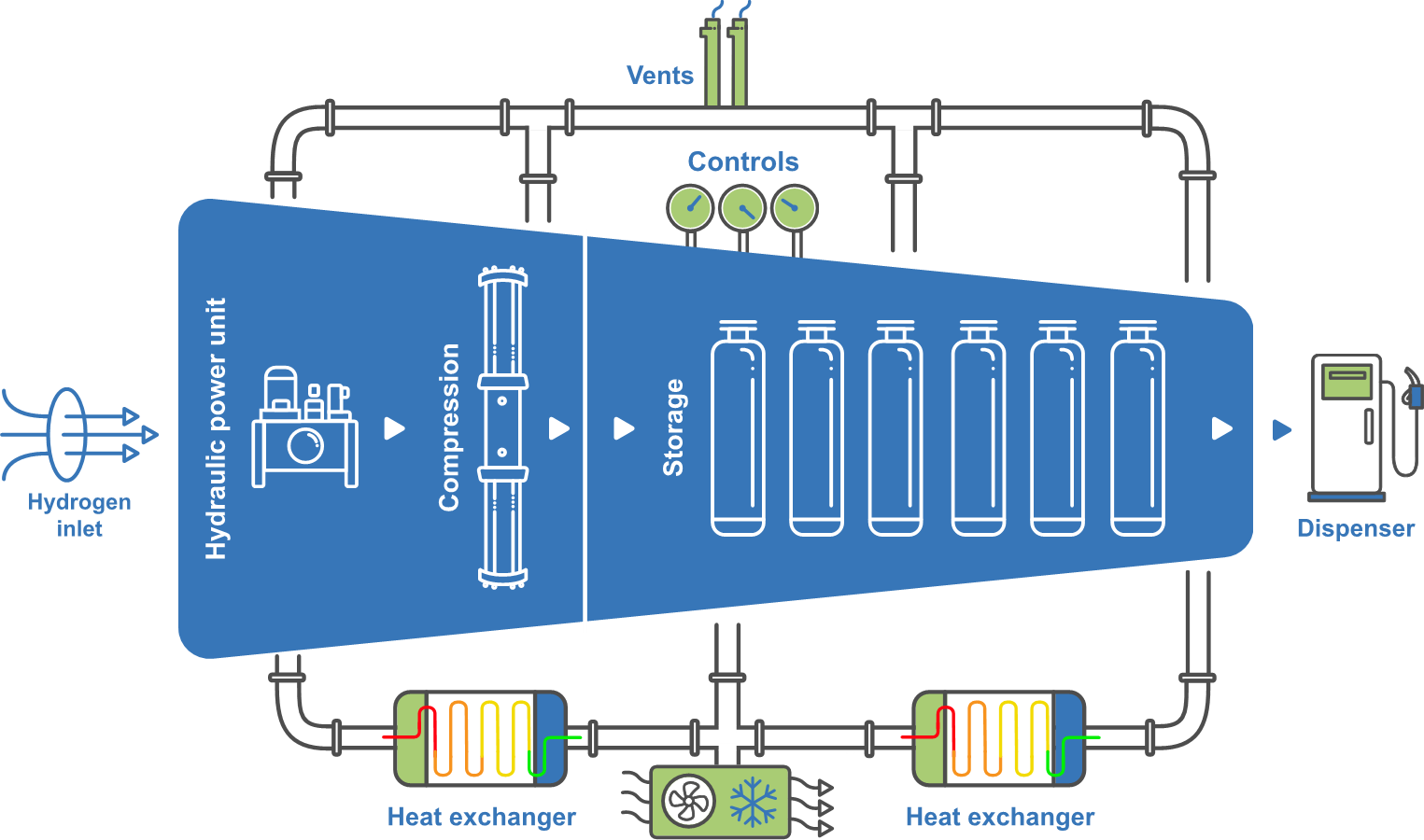
Haskel standardized refuelling stations are configured for optimum performance based on the hydrogen inlet pressure. They accept hydrogen from a range of sources, including via Cylinders, tube trailer or generated on-site.
The hydrogen is compressed in various stages, using Haskel’s proven compression technology, to increase the pressure and reduce the volume of the hydrogen. This enables a more efficient flow of gas when dispensing.
A heat exchanger removes the excess heat from the gas that was generated during the compression process. The process is powered, monitored, and controlled via the HPU, PLC and the electronic control panel in the non-hazardous zone.
The hydrogen is cooled to sub-zero temperatures to optimise the fuelling experience and vent lines are situated throughout the system ensure the hydrogen can be removed safely during operation. Specially designed hydrogen compliant valves and fittings are used to control the highly pressurized gas throughout the whole process.
The dispensing process regulates the flow of the gas to enable the hydrogen to be dispensed through a nozzle directly into the vehicle at a controlled pressure and rate.
Get in touch for more information.

 Global (EN)
Global (EN)
